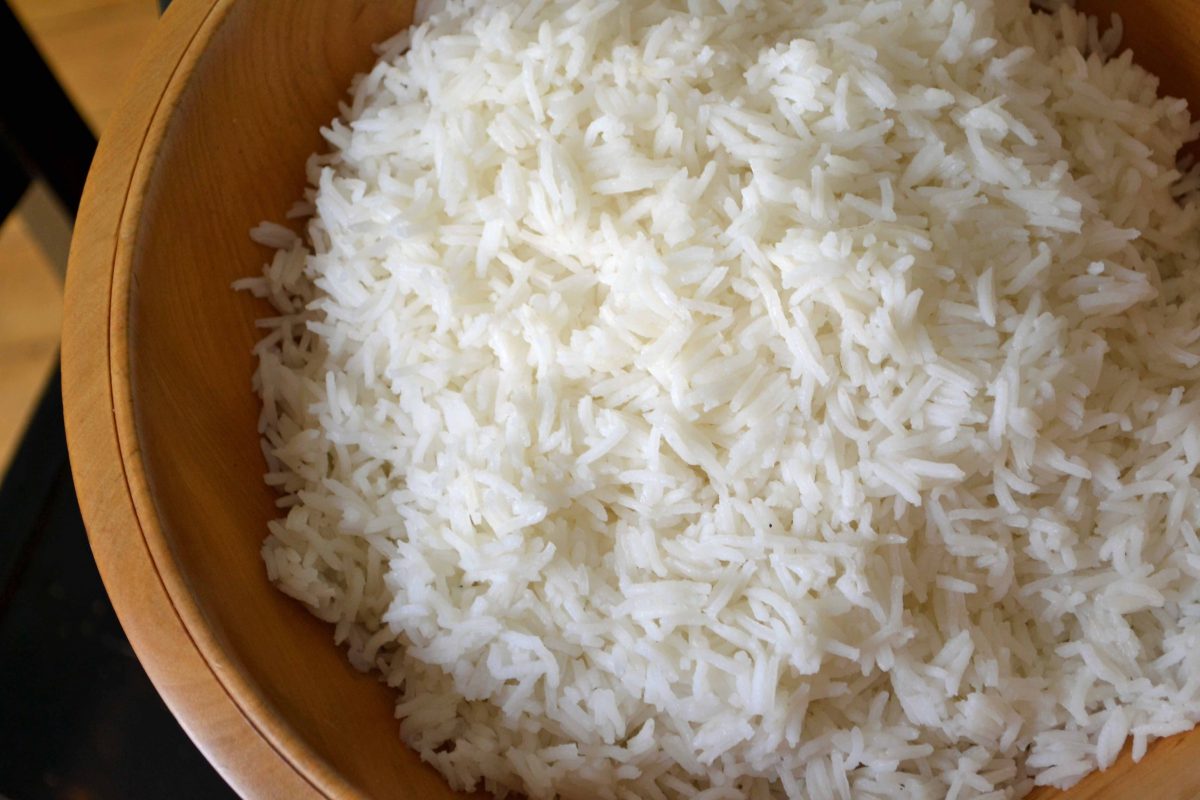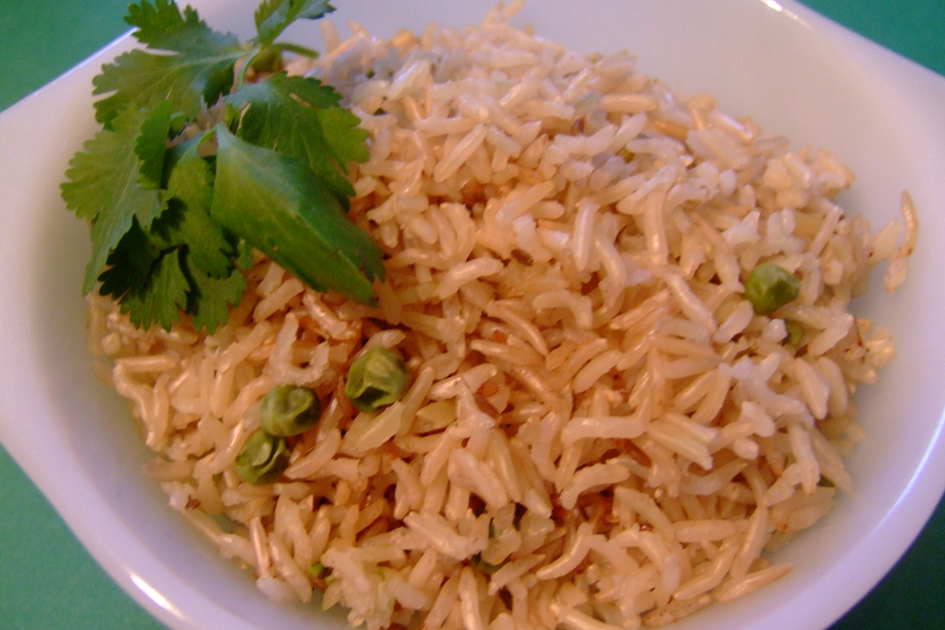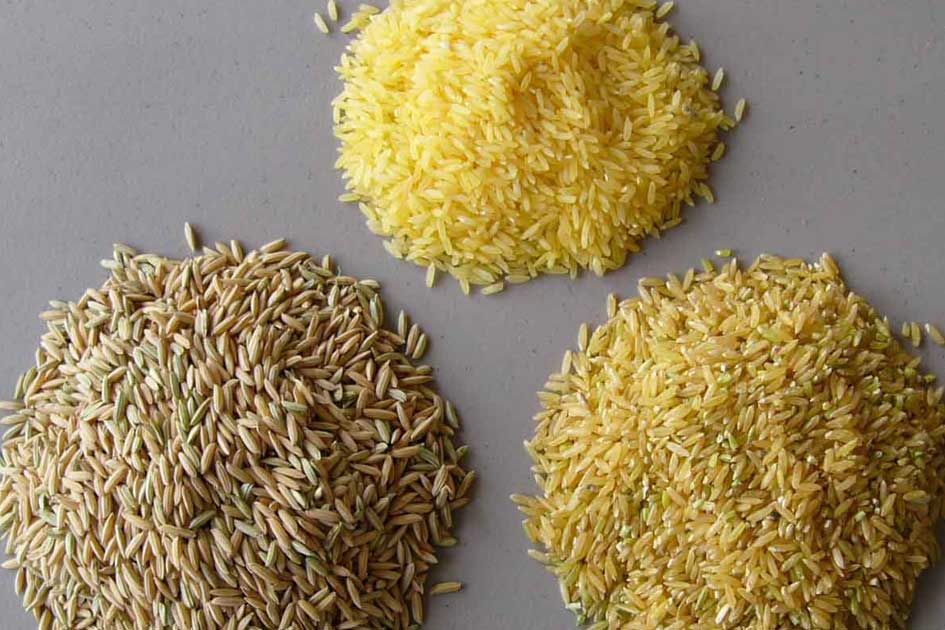Most of us know that rice is one of the most consumed foods on this planet and more than 50% of its human population relies on rice as its staple food item. Of the many, amazing varieties of rice used globally, one is parboiled rice. This moniker might fool you into believing that it is a pre-cooked/boiled variety, but that is just not the case. It is just processed differently from other rice varieties and the resultant rice is cooked and served just like other varieties of rice.
As opposed to the most consumed rice variety, i.e. the white rice, which is processed by removing the hull, the parboiled variety retains the hull, and is hydrated and steamed during its processing. This lets the grains retain the nutrition provided by the bran layer. This steaming process causes the vitamins and mineral to migrate from the bran to the rice kernel.
This practice of parboiling rice was widespread in southern India along with a few Southeast Asian countries before it caught favour with the western nations. Let’s now discuss how healthy this parboiled variety of rice is:
Carbohydrates
Parboiled rice has almost double the fiber content than the most consumed white rice. A single cup of parboiled rice is a source of 41 grams of total carbohydrates, which is about a third of our daily carbohydrate requirement. This same amount of parboiled rice satiates 4-6% of our daily fiber need. Moreover, the carbohydrates in this variety do not cause a surge in the blood sugar level due to their low glycemic score of 38, which is more than twice as low as that of white rice.
B Vitamins
The parboiled variety is a rich source of B vitamins, niacin and thiamine. When combined, these vitamins digest the sugar and help convert the carbohydrate into energy. B vitamins in parboiled rice also help you create neurotransmitters and hormones.
Minerals
A cup of parboiled rice provides around 3% of our daily requirement of calcium, magnesium, iron and potassium. Your body also gets about 5-7% of your daily zinc requirement. These help your body in forming the protein structure and regulate DNA. It also saves your immune system from getting impaired.
Folate
Folate or Vitamin B9 helps our body metabolize amino acids and nucleic acid. These are used to make protein and DNA respectively. Parboiled rice serves as an amazing source of folate. Eating parboiled rice ensures that our homocysteine levels stay normal, thereby reducing the risk of cardiovascular diseases. A cup of parboiled rice provides us with more than 200 micrograms of folate, which is slightly more than 50% of our daily requirement.
Parboiled rice is very similar to brown rice. All those familiar with brown rice know that it’s slightly more difficult to digest, as compared to white rice. This is mainly due to the starch not getting broken down so easily. This is, however, not the case with parboiled rice. The starch in this variety is more gelatinized, due to the hydration and steaming process.
To know more about the various such rice varieties and their health implications, make sure you keep following Nextech Agri Solution.
 MAIL US :
MAIL US :
 CALL US :
>
CALL US :
>



